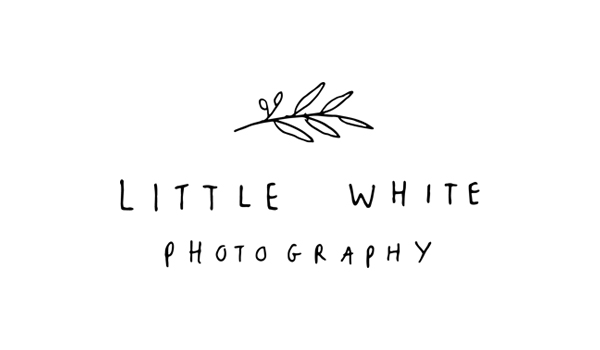Did you get a posh camera one birthday, or treat yourself before your baby was born, but have yet to ever try it out of auto?
Well then this series of blogs is for you.
As a professional photographer I could immediately start talking about the exposure triangle, composition, the rule of thirds.
But all that would achieve is scaring you & most likely putting you off ever trying to get your camera out of auto.
So that’s why in these blogs I’m doing things differently.
Every couple of weeks I’ll write a new blog which breaks down one piece of the photography puzzle at a time.
You then have a couple of weeks to practice it & commit it to memory, then will come the next part of the puzzle.
Now I think that’s enough rambling for now, let’s get stuck in!
This first step is getting your camera out of auto & getting you started experimenting with settings in manual.
- Take your Camera out of Auto & into Manual
This will be different depending on what camera you are using, but if it is a DSLR then you most likely have a dial on the top left hand side of your camera.
At the moment that dial is most likely pointing to A for Auto & what we are going to do is move that dial to M for Manual.

2. Set your Shutter Speed to 400
We’re not going to get into what the shutter speed does in this blog that’ll come another time, instead for now we’re just going to set it to 400.
This again will be different for every type of camera so you’ll need to Google your camera type e.g. “Nikon D60 how to turn shutter speed to 400”.
On DSLR cameras they tend to have a jazzy bumpy dial on the back of the camera (the side you look through) that you scroll.
As you move this dial you’ll see one set of the numbers on the display changing, when it gets to 400 leave it there.

3. Set your Aperture to 3.2
Again in this blog we’re not going to get into what this is or what it does, but we’re just going to set it at 3.2.
The same as the shutter speed, you’ll need to search how to do this for your camera as all models are different.
But for the vast majority of DSLR cameras this will be the bumpy dial on the front of the camera.
Move the dial & you’ll notice one of the numbers on the display changing, when you see it change to 3.2 leave it there.
4. Now for the important bit, the ISO.
This is what you’re going to be experimenting with for the next couple of weeks.
The ISO setting determines how much light your camera lets in.
So in a dark room your ISO number would need to be high e.g. 5000, or if you’re outside on a sunny day then your ISO number would be much lower e.g. 100.
One thing to note is that if your ISO number is very high (generally above 3200) you will start to notice that the image looks spotty/grainy. But don’t worry about that for now.
Now have a look over your camera, you should see a button with ISO printed on it.
Press this button down & then move the dial on the back of the camera (the same one that you scrolled for the shutter speed), have a look at the display & see which number changes, this is the ISO.
Now the key thing to remember is that the lower the number the less light the camera lets in, the higher the number the more light it lets in.
I’d start with testing this out indoors & set the ISO 400.
Take a photo of something & have a look at it. If it looks too dark then change the ISO again & take it up to 500. Take another photo, see how it looks & if it’s too dark then take the ISO up again & so on.
One you’re feeling confident with that, go outside & try it again but this time start with your ISO on 100 & go up from there seeing what it does to the image.
It may seem simple after a few tries, but keep practicing as it’s important to really nail this.
Especially as the light can change very quickly, so being able to change your ISO swiftly makes sure you don’t miss the moment.
Happy practicing & see you all again in a couple of weeks.




